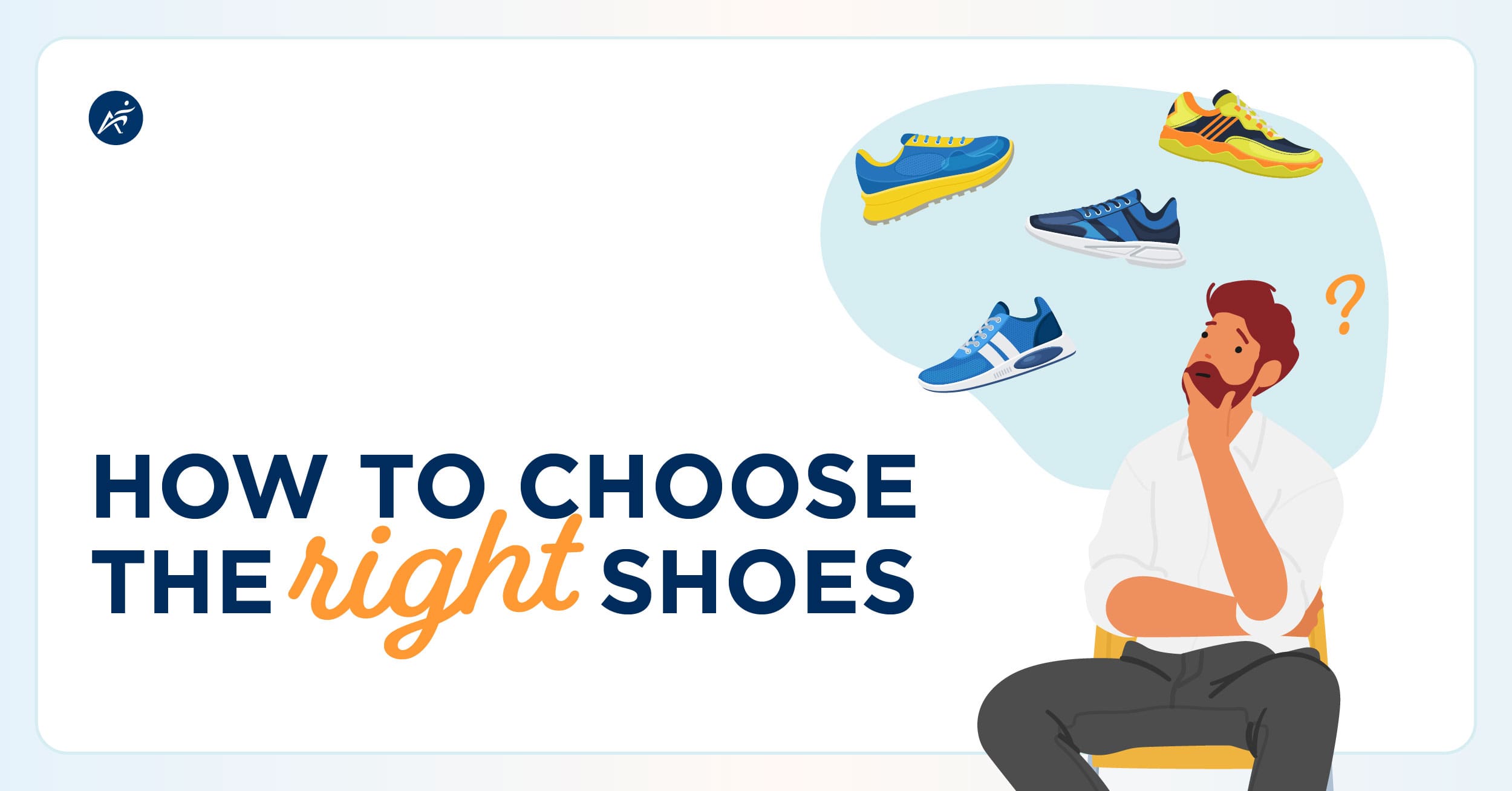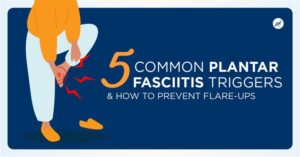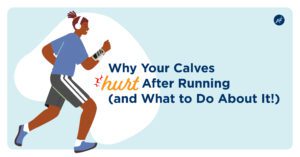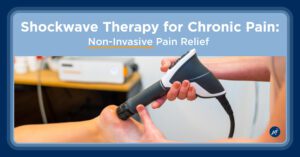It’s easy to overlook considering today’s countless footwear options, but your athletic shoes can determine how your body feels day by day. Footwear directly influences how your body absorbs impact, how efficiently you move, and how much stress affects your joints. A poorly structured or worn-out shoe is not only uncomfortable, but can also subtly shift your body’s mechanics, contributing to issues such as plantar fasciitis, knee pain, or even low back tension over time.
Now, the right shoe won’t fix every problem, but as the primary foundation of support, shoes are vital to promote healthy movement. Proper shoes should support your natural movement, reduce unnecessary strain, and help your body move the way it was designed to move. When lower body discomfort appears, your shoes are one of the first places we recommend looking at as a potential cause.
With so many athletic footwear styles available – minimalist, cushioned, zero-drop, stability, and many more – how do you know what best fits your feet and lifestyle?
Three Key Considerations When Choosing Supportive Footwear
1. Your Primary Activity Should Determine the Structure of Your Shoe
Running: Look for shoes that offer shock absorption, responsive cushioning, and a secure fit around the midfoot. A proper heel-to-toe drop (typically 4–12mm) can also help maintain efficient running mechanics.
Walking or standing all day: Choose shoes with firm arch support, a roomy toe box, and structured heel support to reduce fatigue and improve alignment.
Strength training: A flatter, more stable base is the best option. Shoes with minimal cushioning and low heel drop help with balance and force transfer during lifts.
Trail or outdoor use: Durable uppers (everything above the sole), deeper tread, and reinforced toe caps can protect against uneven terrain and tripping hazards.
2. It’s Important to Identify Your Foot Shape and Gait Pattern Before Shopping
People with flat feet or overpronation (where the foot rolls inward excessively) often benefit from stability or motion control shoes.
Those with high arches may experience more stress upon impact and should look for extra cushioning to absorb shock.
Pro Tip: Check your shoe’s inner lining and sole. If there’s uneven wear or spots where the cushioning is compressed, it can give you clues about your foot’s natural motion and where you might need extra support.
3. Choose Fit and Comfort Over Design
Fit matters much more than brand or design. Shoes should feel snug but not tight, with room to wiggle your toes, while avoiding slippage in the heel.
Pro Tip: Try shoes on at the end of the day when your feet are slightly swollen to ensure they won’t feel tight during activity.
Even With the Right Shoes, You May Still Have Questions…
1. Do Shoe Inserts (Orthotics) Make a Difference?
Orthotics, or shoe inserts, are commonly used to relieve pain and improve alignment. There are two main types:
• Prefabricated orthotics are mass-produced and designed to address common issues like arch support, plantar fasciitis, or heel pain.
• Custom orthotics are molded specifically to your feet and gait, usually prescribed by a podiatrist or specialist.
While it’s reasonable to assume custom equals better, research suggests otherwise. This review published by the Canadian Agency for Drugs and Technologies in Health found that custom orthotics were no more effective than high-quality, over-the-counter alternatives in reducing pain or improving function over time.
That doesn’t mean orthotics aren’t helpful. It just means orthotics are not a one-size-fits-all solution often portrayed in marketing. If you experience foot fatigue, arch pain, or recurring joint discomfort, trying a prefabricated insert may be a good first step.
2. How Can I Tell When It’s Time to Replace My Shoes?
Even the best shoes eventually wear out. Worn shoes no longer support your movement in healthy ways and can even increase pain and stress in your lower body. We recommend keeping tabs on the wear on your shoes and proactively replacing them before they begin to cause issues.
Common Signs Your Shoes Need Replacement:
• Mileage: Running or walking shoes typically last between 300–500 miles. For someone who runs 20 miles a week, that’s about 4–6 months.
• Midsole breakdown: If the foam feels flat or unresponsive, or you notice new aches in your feet, knees, or back, it may be time to replace them.
• Uneven tread: Worn down tread can alter your gait and increase your injury risk, so pay attention to the bottom of your sole.
• Pain: If discomfort creeps in during or after activity, your footwear could be the culprit.
Pro Tip: Rotate between multiple pairs of shoes. Giving shoes time to recover between usage extends their lifespan and improves performance. The variety also exposes your body to slightly different movement patterns, reducing repetitive stress.
3. When Should I See a Professional?
If pain continues despite good shoes and smart inserts, don’t wait!
Sometimes, even the right shoe or insert isn’t enough. If you’re experiencing persistent pain in your foot, knee, hip, or back, even after changing footwear, it’s a sign something deeper may be going on.
In the case of lower body pain, that might include tight calves contributing to plantar fasciitis, poor ankle mobility affecting your stride, or hip muscle imbalances leading to knee strain.
Step into Comfort and Confidence
While we all want our shoes to look great, the most important role they play is in supporting healthy movement. By aligning your footwear choice with your activities, foot shape, and desired fit, you’re setting the foundation for healthier, pain-free movement.
Remember to listen to your body if your shoes are still leaving you with aches or soreness. The sooner you tackle the root cause of pain, the faster you’ll get back to feeling great and doing what you love.
Written by: Anthony Pavlich









